(1008 products available)




































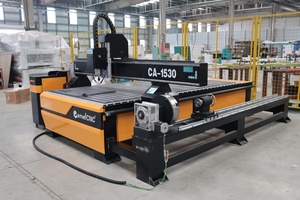



























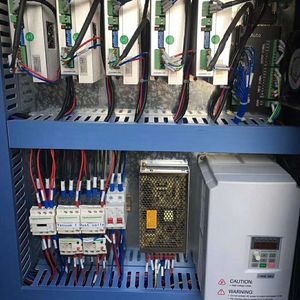


















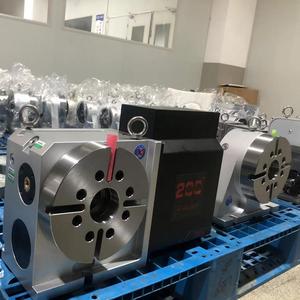













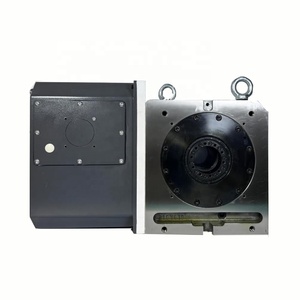













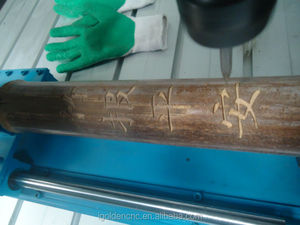












































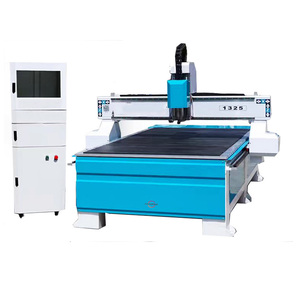

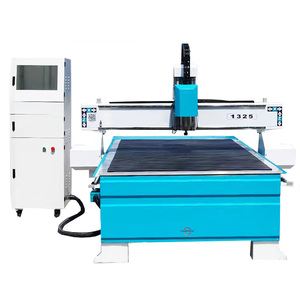
















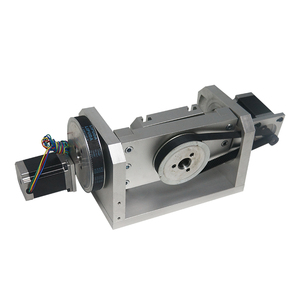





























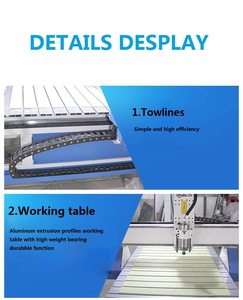
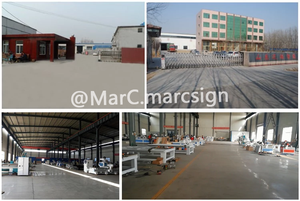










A CNC 4th axis rotary table comes in different types according to the way it is driven. They are briefly discussed below.
Manual Rotary Table
Normally, a manual rotary table enables the user to move the workpiece by hand to the desired angle before locking it in place. This allows for only routine machining operations that require a set number of rotational shifts. While this type of table lacks the automation that CNC machines have, it can still be used as a low-cost alternative for small workshops with limited budgets.
Electric Rotary Table
An electric rotary table has two essential components: an electric motor and a controller. The electric motor provides the driving force behind the rotation of the workpiece, while the controller enables the setting of specific parameters for speed and direction. With these two parts working together, an electric rotary table can achieve precise rotational movements as required by various machining tasks.
Based on how they are powered, tables can be further categorized into direct-drive and geared models. A direct-drive rotary table connects the motor directly to the rotating table. This allows sufficient torque for smooth and accurate rotation without requiring additional gears. On the contrary, a geared rotary table uses a gearbox to transmit power from the motor to the table. The gearbox amplifies the motor's torque, thereby permitting slower speeds with higher torque. Geared tables are suitable for heavy-duty work requiring high-torque and low-speed rotations.
Pneumatic Rotary Table
A pneumatic rotary table relies on compressed air to power its rotating motion. Internal components such as bearings and cylinders are moved by the force of air compression, resulting in smooth and precise rotational movement. Thanks to this unique method of driving the rotation, a pneumatic rotary table can achieve high-speed rotations, making it suitable for some specific applications where fast rotation is needed but not necessarily high torque.
CNC rotary table specs:
Direct Drive Torque Motor 140Nm. Fixing Bolt Hole is M16. Drive Gear is Stainless Steel. Rugged rack pinion, high-tensile strength. Power Supply Voltage 24V. The Drive Current 5A. For the Dynamic Segmentation, the total Degrees is 10,080. Delay Time in 100 ms. Speech Control Function, Yes. OS 34-CNC-R20 in the Data Cable. 4 Axis Driving.
An AC servo motor has a motor driver. Includes planetary gearbox and the reducer in the motor. Dynamic Segmentations in total Degrees is 10,080; a Delay Time in 100 ms. Drive Ratio is 20:1.
Note:
Other specs like the working load capacity can be customized according to business buyers' needs. Rotary table CNC machining may have similar specs.
Using a CNC machine properly and routinely can help longevity and reduce downtime. Get a thorough understanding of how the CNC 4th rotary axis works and study the user manual. Work with technicians who have the right skills and training.
Daily Checks:
Before commencing with CNC work, do the following checks. Inspect for any water, oil, or air leaks. Check for any loose coolant or any other piping and hoses. Look for any signs of wear and tear. Ensure all safety guards and devices are in place and functioning. Review the program to see if there are any incorrect settings that may cause a collision.
Weekly Checks:
Do a more in-depth inspection of the CNC machine. Review all electrical connections. Inspect the air tubing for signs of cracks or tearing. Check the rails and linear guides for any debris build-up. Clean and lubricate the moving parts as per the user manual instructions. Replace any damaged or worn parts immediately.
Monthly Checks:
Calibrate the CNC machine and do any alignment as instructed by the manufacturer. Ensure the software is updated to the latest version. Conduct a load test of the 4th axis rotary table to ensure its functionality. Run a test program to see if there are any potential issues.
CNC 4th axis rotary tables are applied in various industries and fields because they enhance the automation and productivity of machining processes. One of the most common applications of these devices is in the aerospace industry for turbine blades, structural parts, and combustor casings.
The jewelry industry is another major application area for CNC rotary table machines. They are used to engrave and create patterns on jewelry, including watches. The automotive industry also makes use of this automation device to achieve precision in car parts. Other industries that rotary tables are found in include the medical industry for implants and prosthetics, architectural industry for designs and model constructions, as well as the electronics industry for PCB boards.
The above-listed CNC machine application areas of the 4th axis are primarily achieved with the hourglass and double bevel gear rotary table designs. The helical gear design is mostly used for the machining of large workpieces in the lumber industry, metalworking, mold making, and medical device manufacturing. This is because the rotary table can achieve complex machining operations with a high level of accuracy.
When selecting a CNC 4th axis rotary table, there are some crucial factors to look at to ensure it meets project requirements.
Payload Capacity
The payload capacity of the rotary axis is the maximum weight it can carry. Evaluate the workpiece's weight and size before making a selection. It's helpful to choose a rotary table with a greater payload capacity.
Precision and Accuracy
Precision and accuracy are essential factors in achieving optimal machining results. When choosing a CNC 4th rotary axis, select one that offers high precision and a resolution.
Typically, the precision of a rotary table is indicated by its backlash. Low backlash means less lost motion when changing the direction of rotation. Another way to measure a rotary table's accuracy is through the repeatability of its positioning. Better repeatability means consistent and precise positioning each time.
Drive System
There are two popular drive systems for a CNC 4th axis: the geared drive and the belt drive. A geared drive uses a gearbox to transfer motion, giving it high torque. This makes it suitable for heavy workpieces. Geared drives also have less backlash. On the other hand, belt drives use a pulley system and a belt. They are great for achieving high speeds and smooth rotations.
Control Compatibility
A CNC machine's control system manages its functions and operations. So, it's vital to think about how well the rotary table will connect and work with the CNC machine's controller. Check that the commands the 4th axis understands will match the controlling language of the CNC machine.
Quality and Reliability
It's essential to consider the quality and dependable performance of the rotary table. Always go for manufacturers that are well-known for making durable products. A high-quality 4th axis will provide long-lasting operation and minimal downtime for repairs.
Q1: What types of materials are compatible with a CNC rotary table's 4th axis machining?
A1: Generally, most solids, such as metals, extreme polymer material, etc., can be utilized. Nonetheless, it's crucial to assess whether the substance's traits and form suit the 4th axis's machining requirements.
Q2: What's the maximum workpiece diameter that can be accommodated on a CNC 4th axis rotary table?
A2: It depends on the specific CNC 4th rotary axis. Generally, the diameter and the axis of the CNC machine must be checked to determine the maximum workpiece that can be accommodated.
Q3: Can a CNC 4th axis rotary table be used with a laser engraving machine?
A3: Yes, it's possible to utilize a CNC 4th rotary axis with a laser engraving machine, but the rotary axis must match the laser machine's specifications.
Q4: What are the benefits of using a CNC 4th axis rotary table in machining processes?
A4: The CNC 4th axis rotary table allows for more complex and precise machining, enhancing product variety and quality, as well as shortening production time.